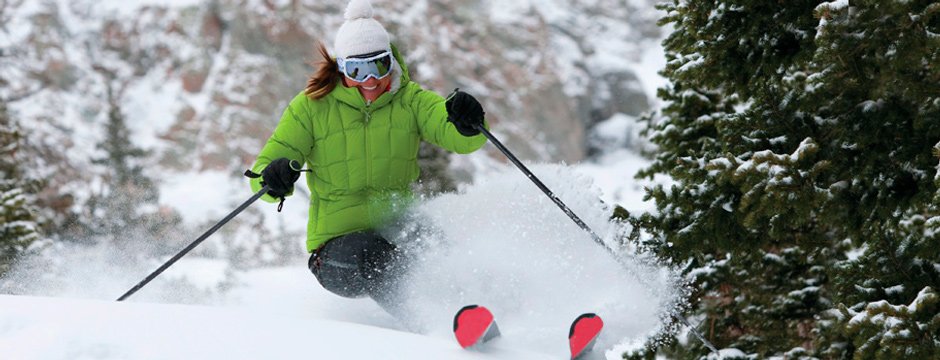Technology tracks freestyle skiing and snowboarding

As tricks in freestyle skiing and snowboarding get more and more complex, it is becoming more difficult for event judges to accurately measure the completion of many freestyle skills. When it comes to watching an event live – or even getting to see slow-motion video – awarding points for elaborate or multiple spins is becoming increasingly difficult.
Athletes and judges are now turning to wearable technology for help.
At the X Games Austin in June, ESPN utilised a device to help track extreme tricks at the event. With a device from Intel, they were able to give athletes and viewers in-depth information on recent runs on the bike and skateboard. The device was also used during broadcasts of the men’s snowboarding competitions at the X Games Aspen in January.
In early June, at a tech conference in the United States, developers announced a new body sensor that can go beyond Intel’s technology by helping to track the movements, spin and trajectory of athletes performing in extreme sports. These wearable sensors have been used successfully in similar extreme sports such as skateboarding and freestyle BMX.
“The Intel device seems to me like a good prototype of a commercial product,” says Ben Groh, leader of the device’s research team in a recent report. “It shows the potential of wearables in sports. However, the algorithm has to be improved in order to minimize the time delay, to get more accurate rotation calculation, and finally to give the spectator more insight by integrating a trick classification.”
Attending the recent Institute of Electrical and Electronics Engineers (IEEE) Body Sensor Network Conference in San Francisco, the team from Germany unveiled the device that detects a snowboarder’s travel, motion and orientation on three separate axes.
The device contains an accelerometer, gyroscope and a magnetometer. The team developed a variety of pattern recognition algorithms that can quickly analyse the data to figure out what specific trick the snowboarder just performed or attempted. At the moment, the device cannot determine style points in a trick, but the developers believe that is coming. With more trick data being generated, style data will inevitably follow, Groh said.
With the potential for connectivity to your own digital devices, you may get the chance to analyse the tricks in your latest halfpipe run as you enjoy your next ski holiday in France.
Image Credit: Zach Dischner (flickr.com)
